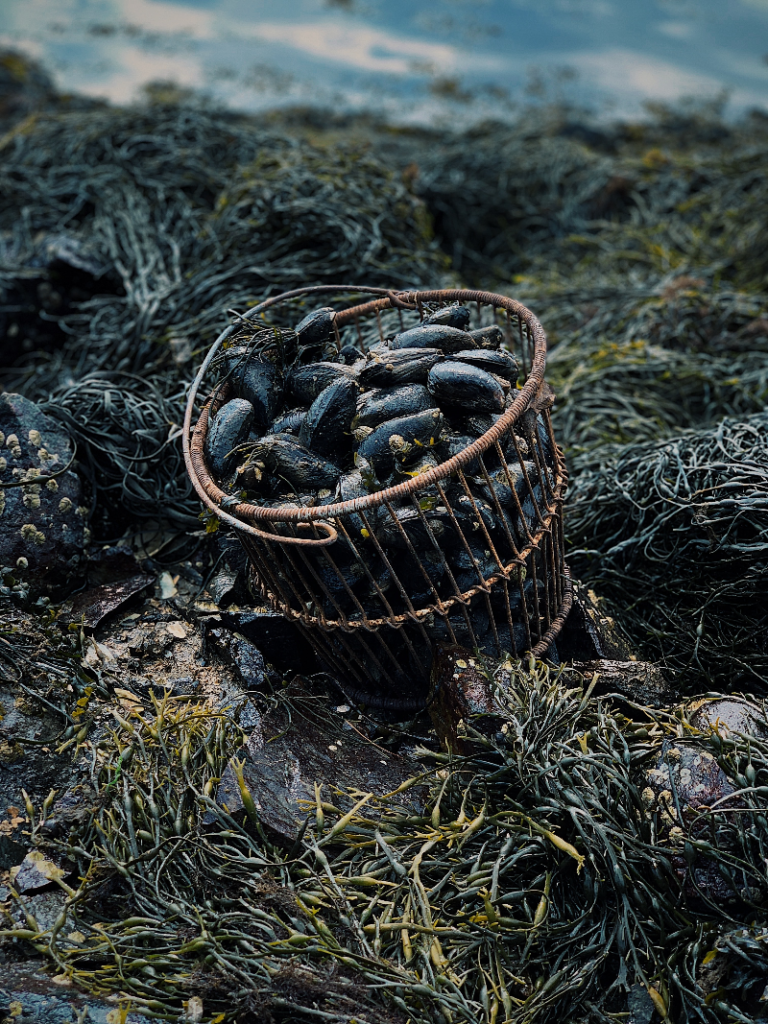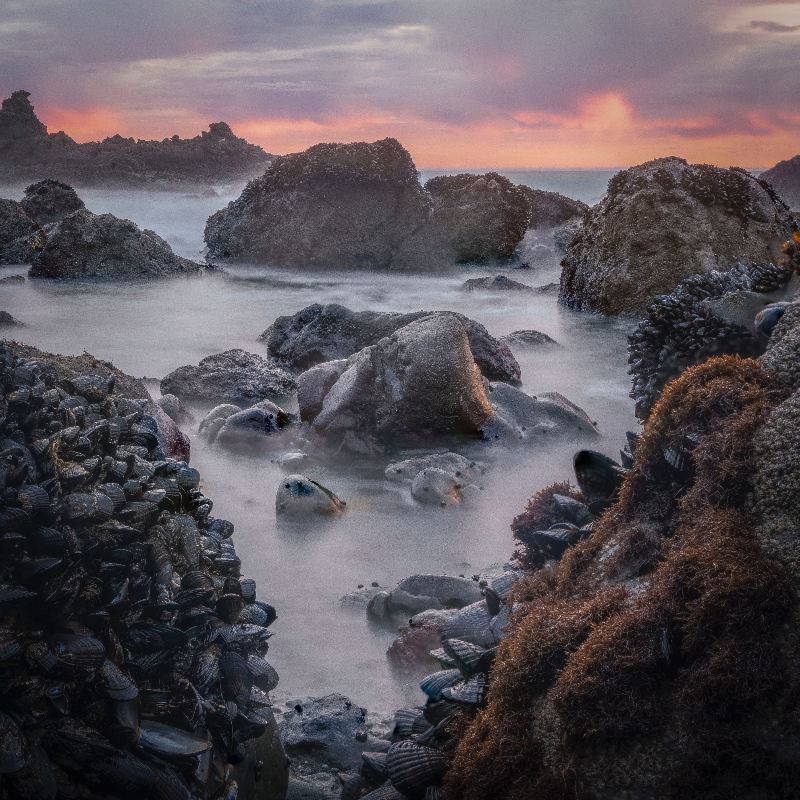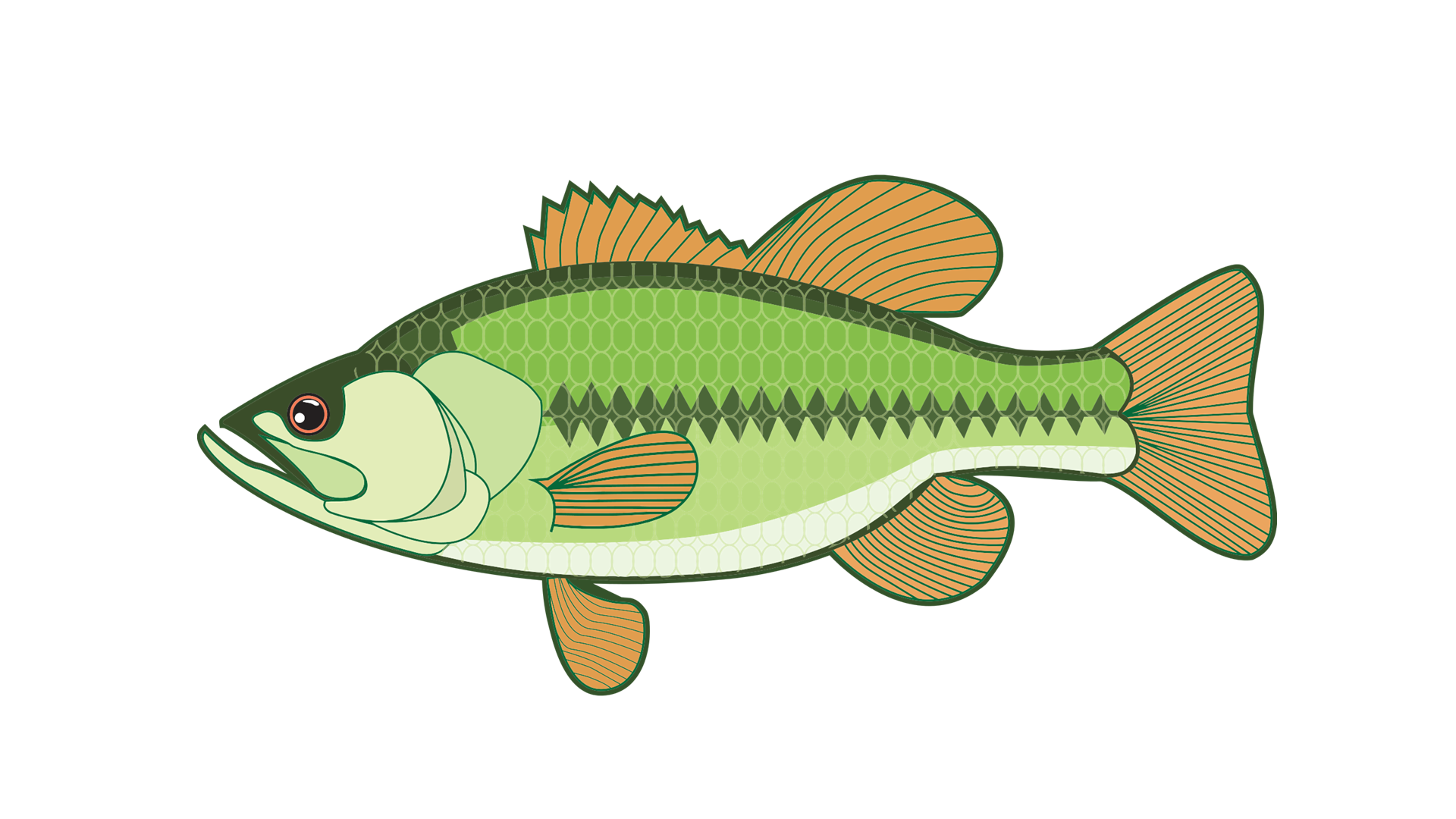Overview:
Mussels are shellfish, specifically bivalves, that have an oblong shape and a dark black, blue, or green shell. And, they are delicious. You can harvest them naturally as they grow attached to rocks and structures near and in the water. This article will go over how, where, and when to harvest them and what techniques to use. Read on to learn more.

When to Harvest Mussels:
It is dangerous to ingest mussels and bivalves whenever there’s a red tide. Red tide is a natural phenomenon that is described by active algae bloom during conditions in which the water is warm.
The red tide causes certain toxins to be present in the shellfish that if consumed by humans, can be lethal. So you don’t want to be harvesting and eating mussels when the red tide is going on.
Contacting your local fishing and wildlife department or visiting their website should tell you if there are any red tide warnings and/or when the mussel season is actually open. You want to check each time before you go out to collect them.
In California (at the time of this writing), mussels are NOT allowed to be harvested from May 1st through October 31st each year.
For Oregon and Washington states, the statuses of harvest mussels are posted on their websites and are subject to change.
For the time of day, you want to go out to collect mussels when it is low tide or even better, with a negative tide but this isn’t an absolute requirement. You can easily access mussels even at a regular tide height. Usually though, the larger mussels are farther out.
How to Harvest Them:
In order to responsibly harvest mussels, you need to carry with you a scale to weigh your catch and make sure it is within the limits set by the state. You also need a license.
The rule is that you have to harvest mussels by hand. Simply grab the mussel, twist and pull it off. Some people use screwdrivers or some other prying tool, but that is technically illegal and it damages the mussel beds. Using only your hands to pull them off the rocks is the most ecologically sustainable way to harvest them. However, their shells and the surrounding areas can be quite sharp so you will definitely need to wear durable, tough gloves when collecting them. Any bucket can be used to store them while you’re out there. Please check your local fish and wildlife department websites to ensure you are harvesting mussels responsibly. Your mussel harvesting equipment (click to check prices on Amazon):
If water conditions are poor and the waves are stirring up a lot of sand in the tide, the mussels may have lots of sand in them. In this case, after harvesting, you can just put them in fresh water and let them naturally cycle out the sand.
After picking the mussels, a lot of times they will have small barnacles growing on them and a good way to clean them off is to find a puddle of saltwater, take two mussels, and just rub the shells against each other until most of the barnacles are gone.
Where to Find Mussels:
Mussels can be found in most rocky tides and rocky coastlines. Mussels are relatively easy to find around rocky beaches. Washington state’s department of fish and wildlife has a tool that allows you to input a location and it will tell you if there are any shellfish at that location.

Since mussels filter the water to eat, it’s important that you DON’T harvest from waters that are polluted.
Rules and Regulations:
Check out this YouTuber foraging for and cooking up some fresh mussels!



